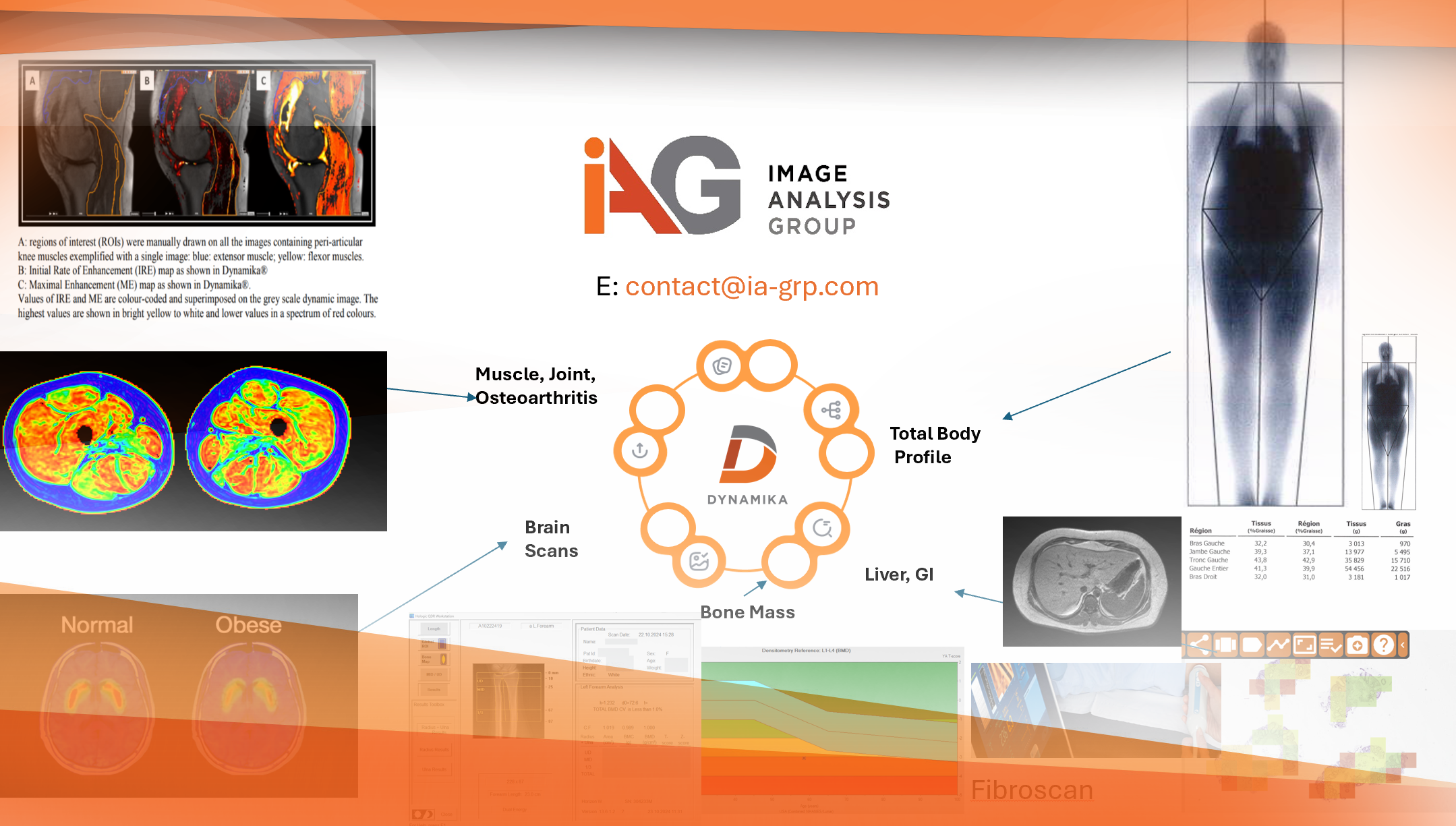

Obesity and Overweight: Developing Drugs and Biological Products for Weight Reduction Guidance for Industry (Draft)
This guidance document is being distributed for comment purposes only. Comments and suggestions regarding this draft document should be submitted within 90 days of publication in the Federal Register of the notice announcing the availability of the draft guidance. Submit electronic comments to https://www.regulations.gov. Submit written comments to the Dockets Management Staff (HFA-305), Food and Drug Administration, 5630 Fishers Lane, Rm. 1061, Rockville, MD 20852. All comments should be identified with the docket number listed in the notice of availability that publishes in the Federal Register. For questions regarding this draft document, contact John Sharretts at 240-402-4678. U.S. Department of Health and Human Services Food and Drug Administration Center for Drug Evaluation and Research (CDER) January 2025 Clinical/Medical Revision 2
This document is a draft guidance from the FDA titled “Obesity and Overweight: Developing Drugs and Biological Products for Weight Reduction” dated January 2025. It provides recommendations for the pharmaceutical industry on developing drugs and biological products for weight reduction in patients with obesity or overweight. The guidance focuses primarily on clinical trial design, efficacy endpoints, and safety considerations for developing drugs and biological products for weight reduction.
Download Document: link
Speak to our experts about your trial desing and execution: contact@ia-grp.com
Clinical Background
- Obesity is defined as a chronic disease characterized by excess adiposity.
- BMI is commonly used to identify patients with obesity or overweight, despite some limitations.
- Weight classifications by BMI are provided, ranging from underweight (<18.5 kg/m²) to extreme obesity (>40 kg/m²).
Adult Population
- Long-term weight reduction ≥5% of baseline body weight or BMI is associated with improvements in metabolic and cardiovascular risk factors.
- Some observational studies suggest modest intentional weight loss can reduce the incidence of certain diseases and mortality.
Pediatric Population
- BMI is used to estimate adiposity in children and adolescents, using age- and sex-specific percentiles.
- Pediatric obesity classifications are based on the 2000 CDC growth charts for children aged 2 years and older.
Clinical Assessment
- The guidance focuses on designing trials to demonstrate sustained weight reduction over at least 1 year.
- Phase 3 clinical trials should consider specific design elements, including trial size, duration, and efficacy endpoints.
- Primary efficacy endpoint is typically based on percentage change in body weight from baseline.
Safety Considerations
- The guidance emphasizes the importance of comprehensive safety assessments.
- Some weight-reduction interventions have failed to show benefit or have been associated with potential harm.
Statistical Considerations
- The document provides recommendations on estimands, minimizing missing data, and analysis methods.
This guidance reflects the FDA’s current thinking on developing weight-reduction drugs and biologics, emphasizing the need for demonstrating long-term efficacy and safety in both adult and pediatric populations.
Medical Imaging in Clinical Trials, with Image Analysis Group
Imaging may play a role in some aspects of weight management studies, even though it’s not explicitly mentioned:
- Body Composition Assessment: While the document emphasizes the use of BMI, it acknowledges that BMI has limitations. Advanced imaging techniques like DXA or MRI are briefly mentioned as potentially providing more precise measures of body fat.
- Comorbidity Evaluation: The guidance discusses various obesity-related comorbidities such as nonalcoholic steatohepatitis, cardiovascular disease, and certain cancers. These conditions often require imaging for diagnosis and monitoring, although specific imaging protocols are not detailed in this document.
- Pediatric Assessments: For pediatric patients, while BMI percentiles are the primary measure discussed, imaging might be used in research settings to more accurately assess body composition in growing children.
- Safety Monitoring: The document emphasizes comprehensive safety assessments. In some cases, this might involve imaging to monitor for potential adverse effects, though no specific imaging-related safety concerns are mentioned.
Reach out to our expert team, as you are designing and planning your trial. imaging.experts@ia-grp.com
About IAG, Image Analysis Group
